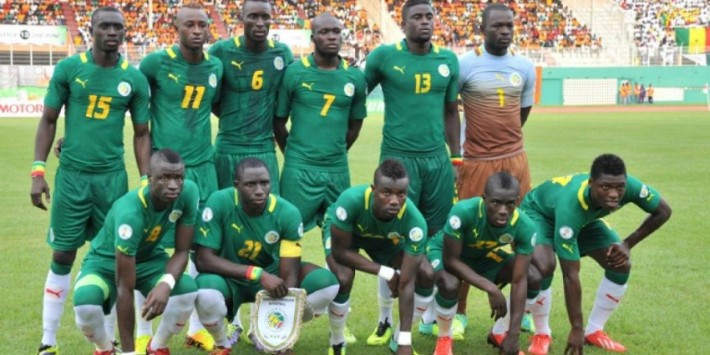In the world of professional football, accessories such as rings, necklaces, and earrings have no place on the pitch.
Despite their popularity off the field, these items are strictly banned by the sport’s governing body, the International Football Association Board (IFAB).
IFAB enforces these rules with one primary concern in mind: player safety.
IFAB’s guidelines are explicit about banning jewelry to prevent injuries. Rings, for example, can cause serious harm to both the wearer and opposing players.
Even unintentional contact can lead to injuries, especially to sensitive areas like the eyes and face, which is why IFAB prohibits players from wearing any type of accessory during matches.
The rules go beyond just wearing jewelry openly.
IFAB states that players cannot tape or cover their accessories to avoid detection.
If a player is found wearing a prohibited item, the referee instructs them to remove it immediately.
If the player refuses, they receive a yellow card and are required to leave the field until they comply.
Article 4 of IFAB’s “Equipment Regulations” makes it clear that players must undergo inspection before the game to ensure compliance.
This applies to substitutes as well, who are checked before stepping onto the field.
Not even referees are exempt from these restrictions, with only watches and necessary time-keeping devices permitted.
Failure to follow these rules can result in severe penalties. In 2018, Chinese national team player Wang Shenchao received a one-year ban after he was found wearing a hidden necklace during a friendly match against Myanmar.
Wang had tucked the chain into his socks, but when it was discovered, the Chinese Football Association suspended him from national team duties for a full year and fined him 20,000 yuan.
Another high-profile incident occurred at the 2022 World Cup during a match between France and Poland.
French defender Jules Koundé was found wearing two gold chains just 41 minutes into the game.
A referee’s assistant spotted the jewelry as Koundé prepared for a throw-in, leading a team official to promptly remove the chains.
Koundé had reportedly hidden the chains under his shirt, but they became visible as he ran.
These incidents underscore IFAB’s dedication to upholding safety standards by banning jewelry.
As the rules continue to evolve, they serve as a reminder that safety remains the top priority in the sport.











